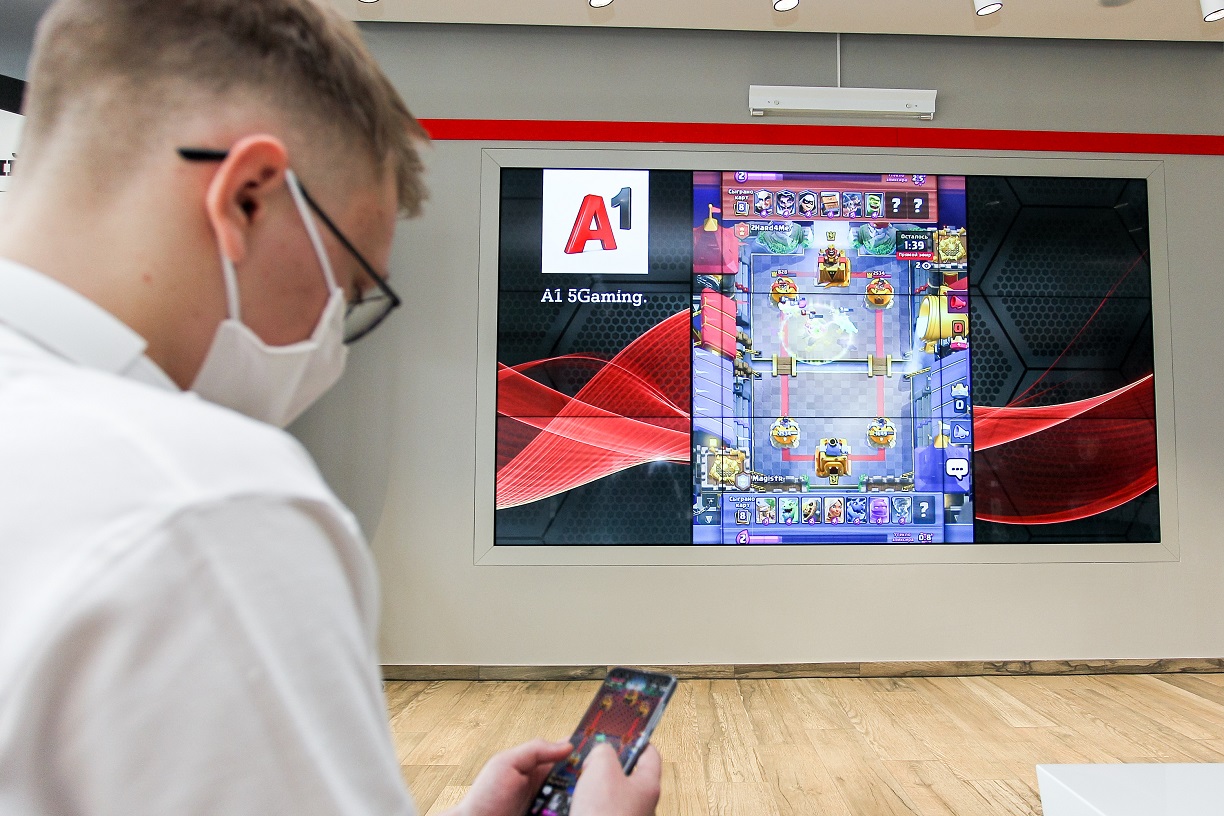A1 testing mobile gaming in 5G SA
The 5G SA test network of A1, a provider of telecommunication, ICT and content services, held the first e-sports mobile game match. Having activated 5G, three teams of gamers were engaged in fights on mobile versions of popular multi-user online games such as PlayerUnknown’s Battlegrounds (PUBG), Dota Underlords and Clash Royale.

In online gaming, such parameters as the data transmission rate and network response time are of great importance. That is why mobile game matches became an excellent test environment to demonstrate all the possibilities of A1's 5G. During testing, the data transmission rate was 1.2 Gbps, and the network response time (ping) 10 ms.
"Nowadays, mobile gaming is ahead of all the remaining segments, both traditional PC and console games. An exponential growth of the mobile gaming segment was possible due to the development of mobile games. And due to the introduction of the fifth generation network, the gaming industry can move to a new, previously unavailable level and users can be provided with totally new possibilities, such as the extensive use of virtual and augmented reality technologies, cloud gaming, etc. We, in our country, made the first step towards this today using the A1's 5G test network", said Anton Bladik, A1 Deputy Director General for Digital Platforms and Content.
To test the mobile gaming possibilities in fifth generation networks, Huawei P40 Pro smartphones, flagship 5G SA-supported devices featuring the Kirin 990 high performance processor, were used.

A1's test 5G network is based on standalone architecture (SA). Unlike non-standalone (NSA) architecture networks, pure 5G networks are deployed without binding to the 4G/LTE infrastructure. This approach demands significantly more time and financial expenses from the service provider at the initial stage, however, it allows to provide subscribers with full-fledged 5G connection straight away, with all the key advantages of this standard, in particular, with ultra-high-speed data transfer with minimal delay.
